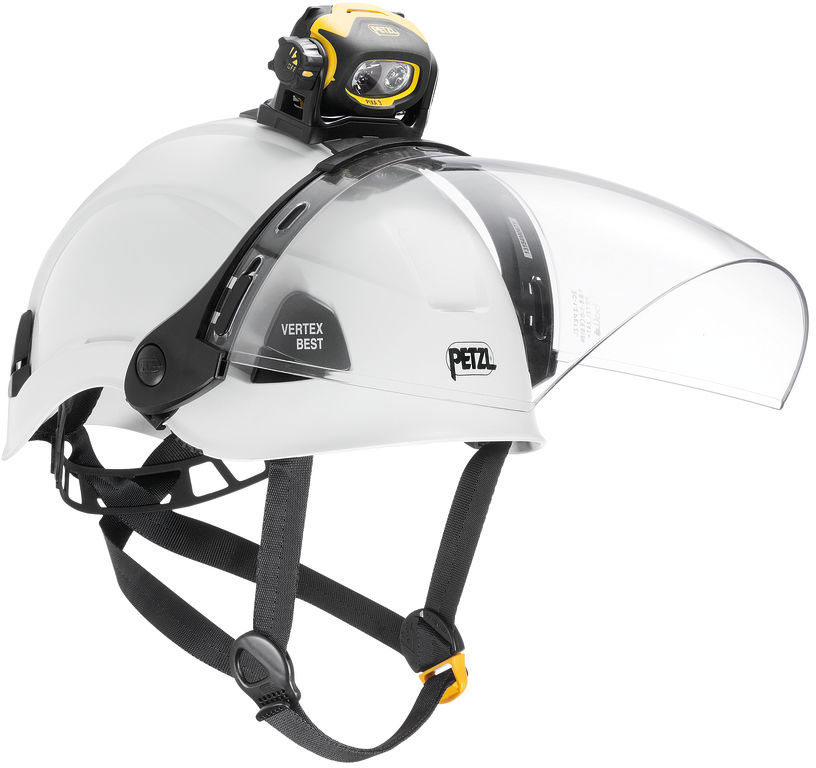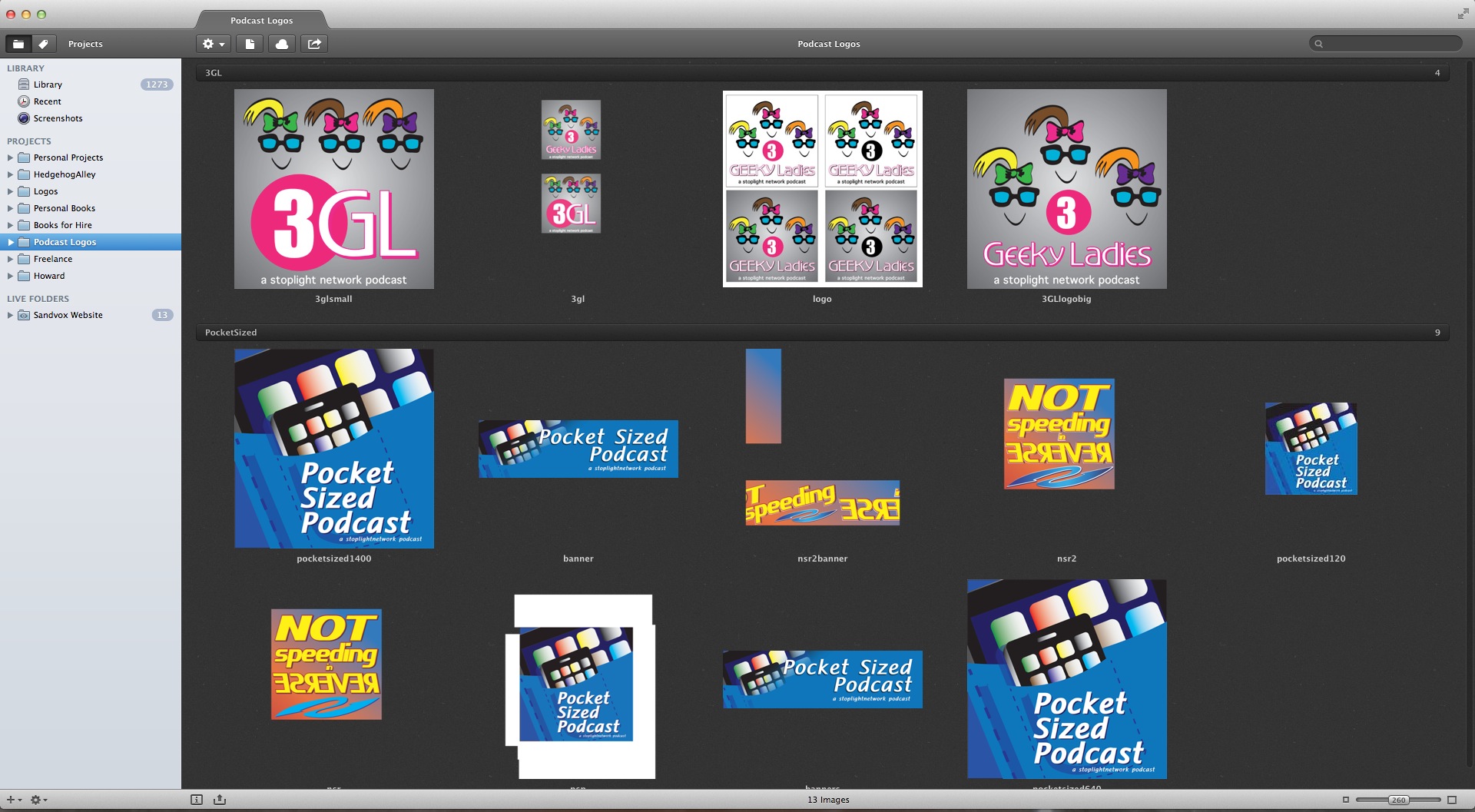

Indeed, throughout the book Peters uses analogies and anecdotes involving everything from the sea critters of Chapter 2, to fire, and celestial bodies to conceptualize media.


In Chapter 2, Peters uses a thought experiment using cetaceans and humans to show that, “media are species and habitat specific and are defined by the beings they are for” (55-56). Next he uses the term anchor, which not only ties to our seafaring definition of vessel, but perhaps a nod to the nautical analogies that Peters will use in his second chapter of The Marvelous Clouds. Or perhaps this performance is to reinforce the inseparability of nature from culture, where vessel can also be a tube that carries blood to the heart. A vessel is also used to refer to a ship. 1 A vessel is a thing that can contain some other thing. Not only is he explaining his understanding of media as space and environment, but also artfully plays with the multiple meanings of vessel. Media, he argues, “are vessels and environments, containers of possibility that anchor our existence and make what we are doing possible”(2). It is clear that Peter’s language choice is carefully curated. With this language, he intertwines terms typically reserved to a world of nature with culture, technology and media. Not only does Peters explain his conceptualization of the media, nature, culture and technology in The Marvelous Clouds, he also performs this conceptualization in his very word choice: Media is an ecosystem, habitat and environment. object and sees the boundaries between nature and culture blurred, overlapped and intertwined. Peters rejects binary constructs of nature vs. For Peters, culture and nature are inseparable and integral to our understanding of media.

Peters is not only interested in media’s relationship with being, but also weaves nature, culture and technology into this conceptualization of media as both an environment and space. He further emphasizes the idea that media as infrastructure when he writes, “media are out infrastructures of being, the habitats and materials through which we act and are” (15). Peter’s notes that, “once communication is understood not only as sending messages…but also as providing the conditions for existence, media cease to be only studios and stations, messages and channels and become infrastructures and forms of life” (14). Similarly, in John Durham Peter’s The Marvelous Clouds, Peters understands media not simply as meaning makers, but as an environment for being. Our being, and the existence of all the things around us in the world can be understood and acted through the scaffolding of media. However its root is predicated on the notion that media is integral to being or existence. The meaning of the phrase being that if you didn’t take a photo of the particular event and post it on social media, then how do we know it actually happened? Typically this phrase is used in jest – a counter to an outrageous claim of events. “Pics or it didn’t happen,” is a popular Internet phrase often used on social media. A Review of John Durham Peter ’s The Marvelous Clouds: Toward a philosophy of elemental media.


 0 kommentar(er)
0 kommentar(er)
